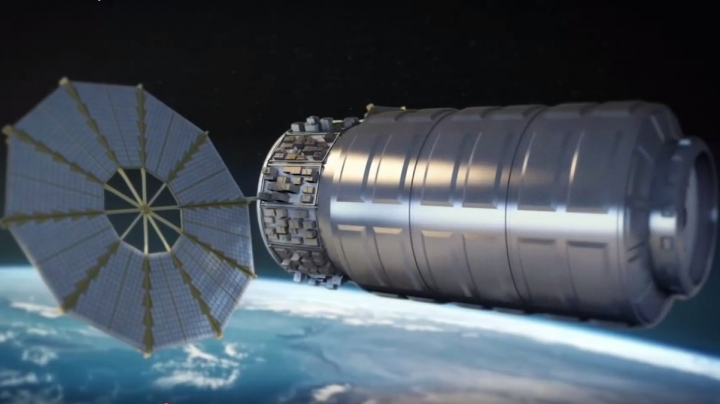NASA scientists set a fire in space for science

About a week ago, NASA scientists started a fire in one of their own cargo bays. This was all part of the first Spacecraft Fire Experiment, a study constructed to figure out how flames behave in space—and how to put them out before making everything go kablooie, reports wired.com.
A fire in space is different than a fire on Earth. In microgravity, flames don’t taper like they do on your dinner table: They stay blobby and spherical. And without natural convection, flames spread differently, too—instead of rising, they just follow the spacecraft’s ventilation system. The standard smoke detector on the ceiling set up? Not going to work. If the fire is any bigger than an index card, though, scientists haven’t studied what will happen. What materials catch fire in microgravity? How fast does the fire spread? How hot does it get?
To answer some of those questions, the Saffire-1 payload—a three foot by five foot module that contains sensors, cameras, and, importantly, a swatch of cloth to set aflame—recently hitched a ride to the International Space Station on an Orbital ATK Cygnus resupply vehicle. After astronauts unloaded the capsule, they cast it off to burn up in the Earth’s atmosphere.
The results from that burn are crucial, because if a fire does start on a spacecraft, there’s not a lot that NASA—or anyone—can do from the ground. “If something bad happens in space, you can’t just leave the room and wait for someone to take care of it,” says Gary Ruff, an aerospace engineer at NASA’s Glenn Research Center and Saffire project manager. “If a fire starts, you have to be able to detect it, put it out, return all of your equipment to the way it was, and continue on your mission.” Spacecraft and their crews, especially those on long distance missions, have to be basically self-sufficient.
The Saffire team at Glenn is hoping that data from this experiment, along with coming Saffire-2 and Saffire-3 projects, will help NASA can make more fire safety-friendly decisions—on everything from spacecraft design to the materials they use to build them. If ever a pyromaniac does make it up into space, they’ll have trouble setting things alight.